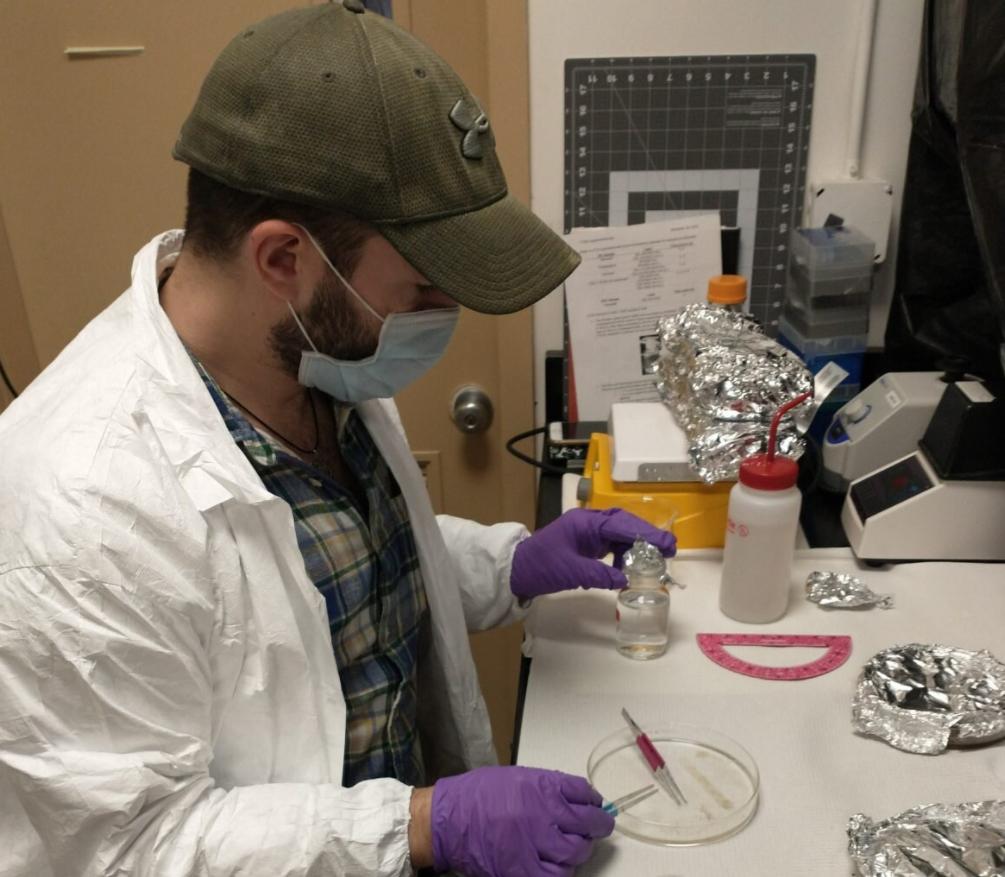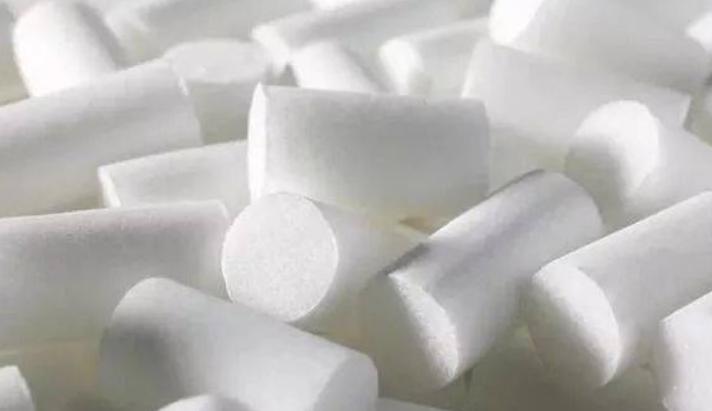In recent years, scientific studies have continued to discover the existence of microbial flora in the natural environment capable of degrading conventional plastics, such as PET and PE degrading bacteria. This series of discoveries continues to expand the knowledge of "degradable plastics".
Cellulose acetate (CDA), a bio-based plastic widely used in consumer products, was once thought to be difficult to degrade, but a new study published in Environmental Science & Technology Letters suggests that cellulose acetate actually breaks down and degrades in the ocean much faster than previously assumed, capable of disappearing in a matter of months.

"These findings challenge the understanding of government agencies and advocacy groups that cellulose acetate materials will persist in the ocean for decades," disagrees the paper, "Rapid Degradation of Cellulose Acetate by Marine Microbes.
Acetate is primarily derived from wood pulp, making it a "bio-based" plastic. It is used in a wide range of consumer products, including cigarette filters, textiles, coatings, films, food packaging and other products such as eyeglass frames and tool handles.

Cigarette filters made from acetate
Evolution of the degradation ability of natural microorganisms
In this study, the researchers set up nearly 350 acetate materials and control samples in a customized seawater mesocosm environment. They equipped the experimental system with a continuous stream of seawater from Vineyard Sound, Massachusetts, which flowed over the samples, and the researchers examined their degradation over time using a variety of techniques.
Time-lapse photographs and mass loss measurements documented the decomposition of these materials, indicating that acetate materials are capable of decomposing in seawater over a period of several months.
The paper notes that the rapid breakdown of acetate material is marked by an increase in esterase and cellulase activity, suggesting that the composition of the natural microbial community "is evolving with the metabolic capacity to degrade acetate material. Using specialized equipment at the National Ocean Sciences Accelerator Mass Spectrometry (NOSAMS) facility, the researchers confirmed this finding by determining that the chemical signature of carbon dioxide breathed by native seawater microbes matched the chemical signature of acetate.
"Our collective findings suggest that acetate materials break down and biodegrade in the ocean several orders of magnitude (months) faster than previously reported (decades)," according to the study.
Although scientists have previously found that acetate appears to be readily broken down by microorganisms in soil and wastewater environments, no studies had assessed the persistence of acetate materials in the marine environment prior to this study.

Co-author Collin Ward, an assistant scientist in the Department of Marine Chemistry and Geochemistry at the Woods Hole Oceanographic Institution (WHOI), said, "This is the first paper that tries to give a specific number on how long acetate materials will last in the ocean." .
"We use a variety of tools to approach the problem from many different angles, from pictures to multi-million dollar mass spectrometers.
Each line of evidence converges on the same answer: these materials decompose in a matter of months. This challenges the perception that industry has held on to for decades - that acetate is difficult to degrade in the ocean."
Marine degradable does not mean that pollution will be tolerated
The paper states that the time to biodegradation of acetate can be affected by many factors, such as different particle shapes and sizes, time of year and location. "It's good news that some of the material doesn't seem to last as long as we thought it would," Ward said. The common goal of the research community should be to investigate the different types of plastics and to try to identify those that are "simultaneously useful, do not persist in the environment, and are composed of materials from sustainable sources.
Ward and lead author Michael Mazzotta said they hope the findings will encourage people, including lawmakers, to rely more on scientific data when discussing the fate of plastics.
"The environmental persistence of organic pollutants is a key component of the risk assessment and regulatory framework, and some believe that high persistence alone is sufficient for regulation. However, applying the regulatory framework of whether or not plastics are degradable remains a challenge due to the incomplete understanding of plastics." The paper states.
While this research is a positive step in the right direction, it does not mean that pollution will be tolerated," said Mazzotta, a postdoctoral researcher in WHOI's Department of Marine Chemistry and Geochemistry. Just because cellulose acetate degrades faster than we expected, it is allowed to be thrown away willy-nilly."
The research was funded by Eastman Chemical Company and WHOI, and WHOI researchers say it is beneficial to society to bring industry and academia together to find solutions.

